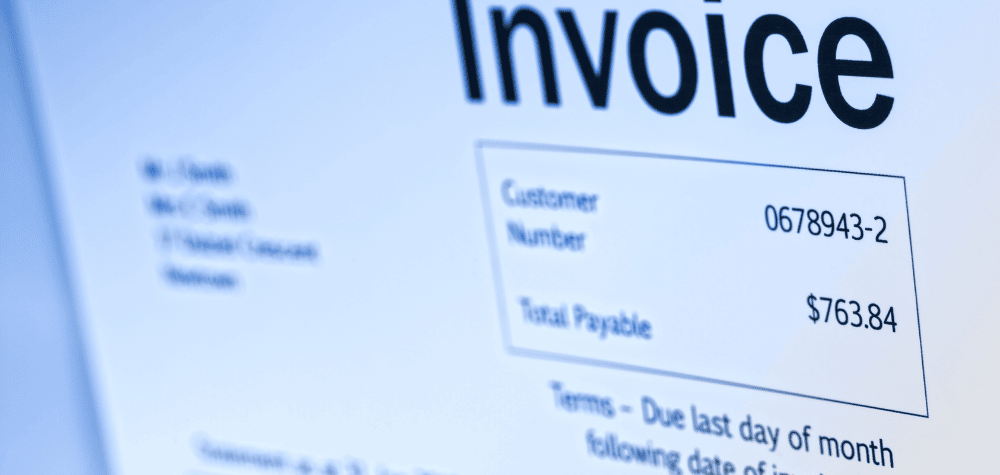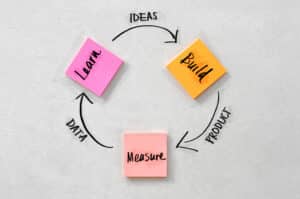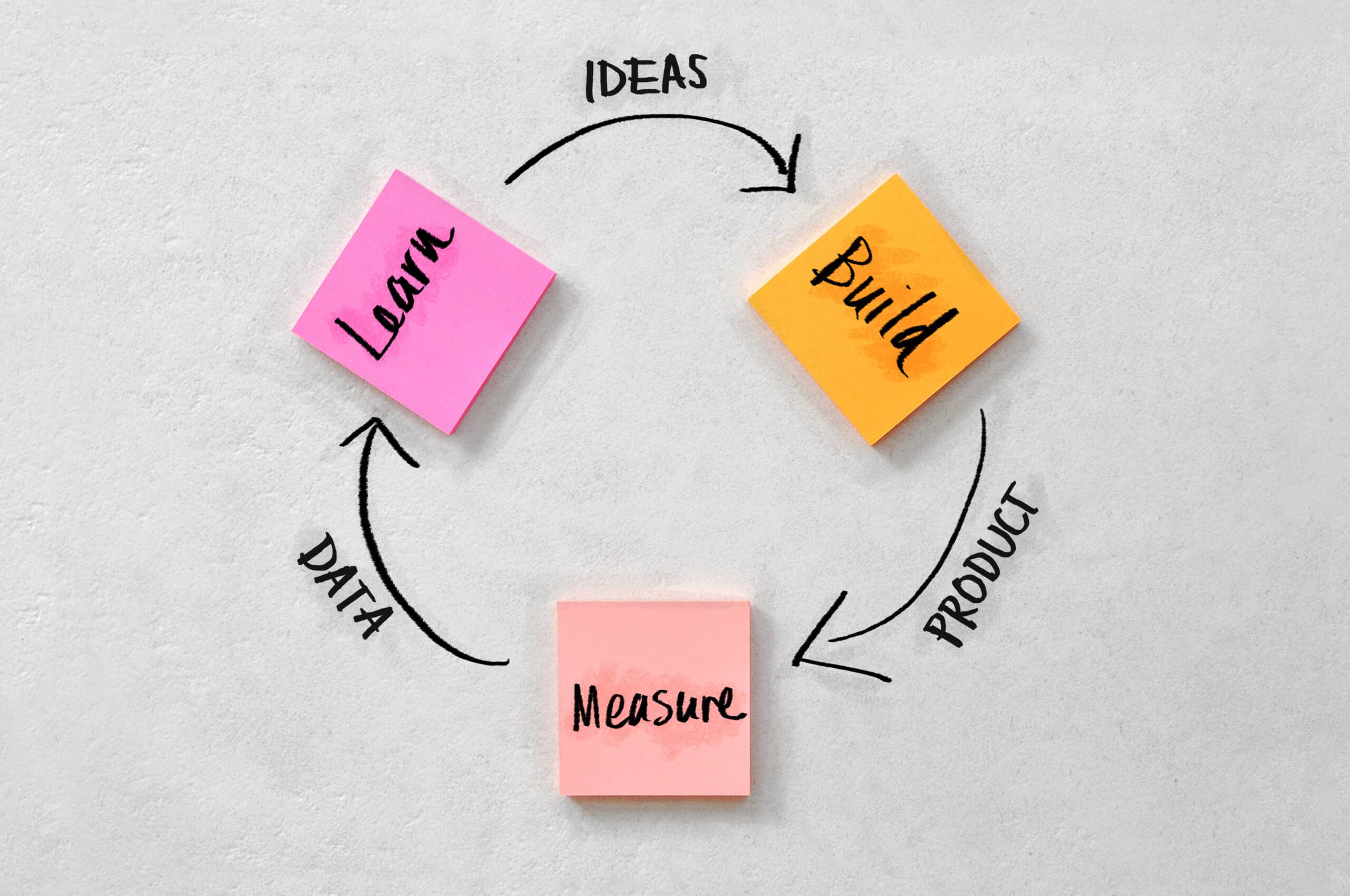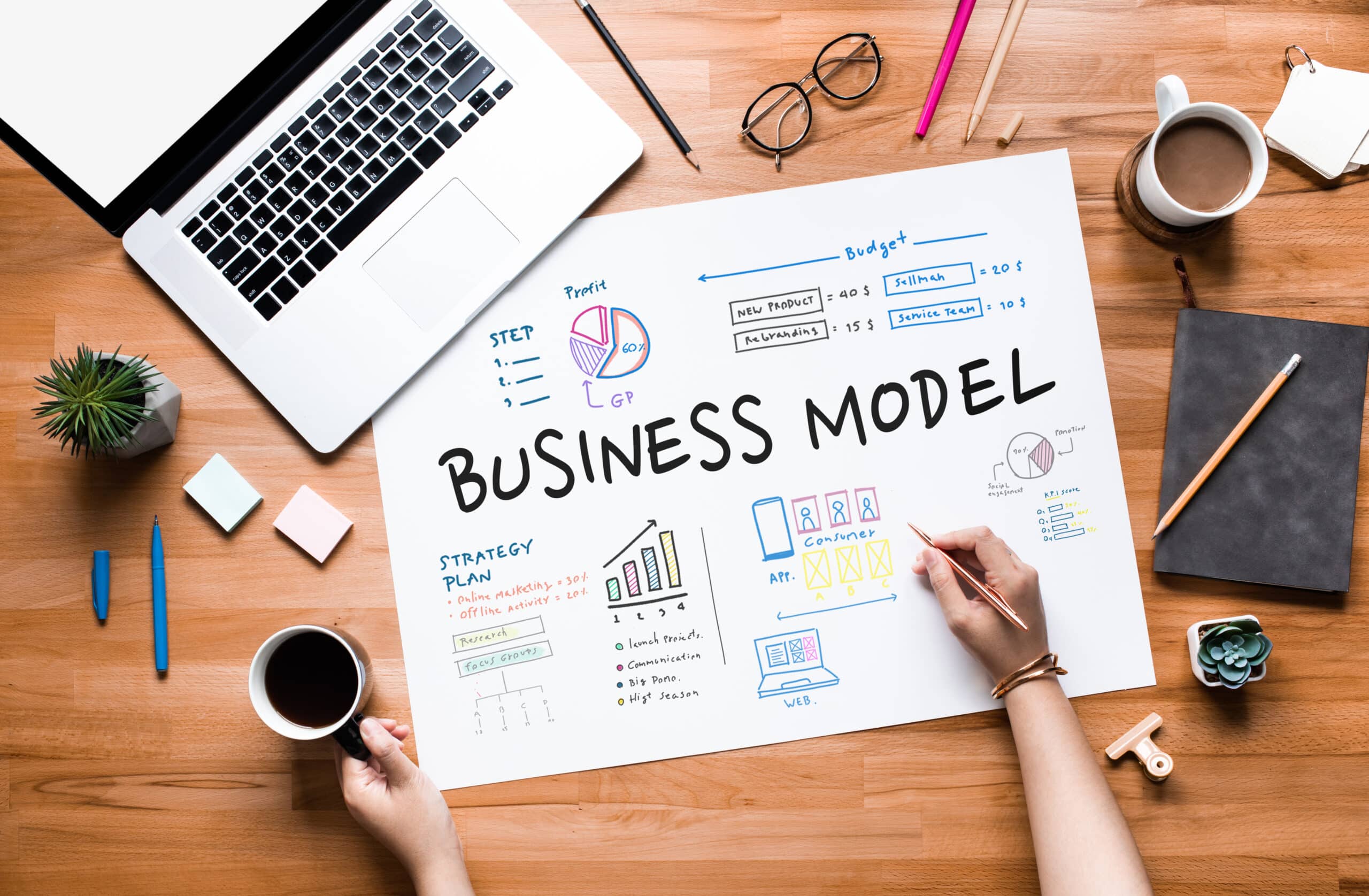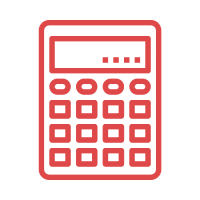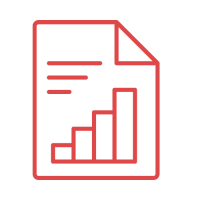Invoicing is an important element of operating a business. It’s how the business receives payments. But if you are tired of having to chase invoices, correct errors and avoid email scams, and noticing an impact on your business’s cash flow, you may want to consider switching to electronic invoicing (or e-invoicing).
E-invoicing is a digital-based method through which you can automatically create, exchange and process invoices. It removes the need for paper-based or PDF invoices that need to be printed, posted or emailed, and for buyers to manually enter or scan them into their software.
E-invoicing does not apply to business/consumer transactions. Rather, its usage is between businesses, contractors and government bodies to facilitate a smoother process of invoicing. E-invoicing allows organisations to send and receive invoices electronically, directly into the organisation’s accounting software. It eliminates the need for manual invoicing processes, both paper-based and emails with PDF attachments of invoices.
To digitally exchange invoices, a business’s software must be connected to the Peppol network. The Peppol framework for e-invoicing is an international standard adopted by over 38 countries globally for more than a decade. Many small business accounting software providers are already using the software compatible with Peppol, which can make adopting e-invoicing for your business a lot easier.
You can start a conversation about e-invoicing and the benefits as a:
- business to your buyers or suppliers
- tax professional or book-keeper to your clients
- digital service provider to your users
- business adviser to your clients
- Industry representative
With the digital transformation of business well underway, electronic invoicing is a step on the path toward opportunities and benefits for organisations beyond simply affecting efficiencies and cashflows. If e-invoicing is a step that you’d like to take for your business, you will need to contact your software provider to determine:
- If you are digitally ready
- How and when they can help
- What you need to do
- If you need to update existing software or add an extra service.
If you have already discussed e-invoicing with your current software provider, you will want to ensure that you are prepared to adopt the practice of e-invoicing for your business. This may include:
- Understanding how your business processes invoices currently could include analysing the state of your invoicing system, the method through which invoices are sent and received, who your top suppliers and buyers are and if you are currently using software and scanning tools to manage your accounts payable and receivable.
- Learning how to implement e-invoicing, such as speaking directly with software and e-invoicing service providers to learn what you need to be ready.
- Planning how your business will ready itself for e-invoicing could involve managing changes in business processes within your organisation, speaking with providers and discussing your options with us.


